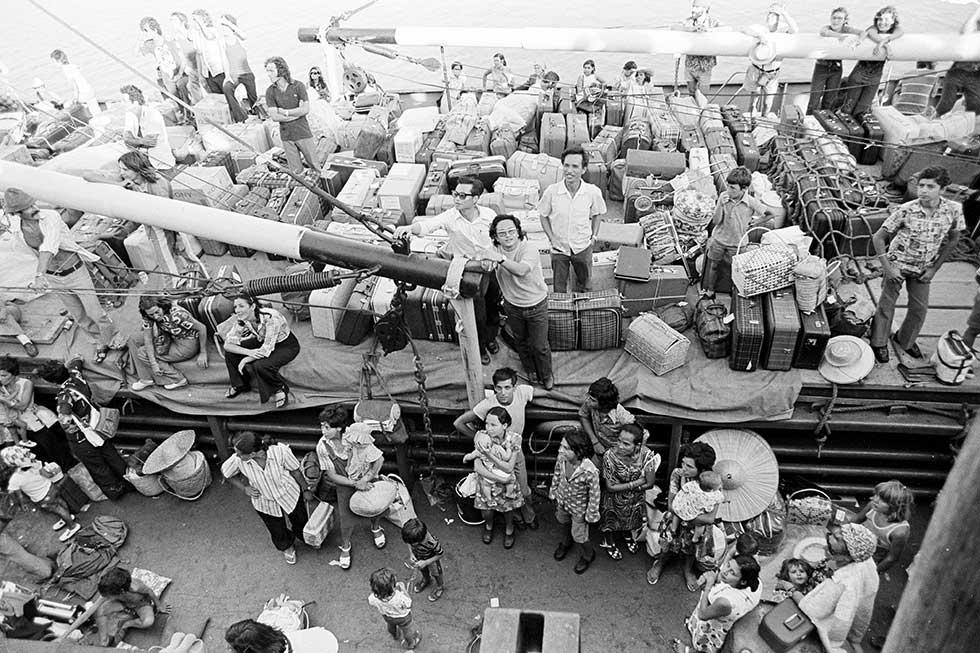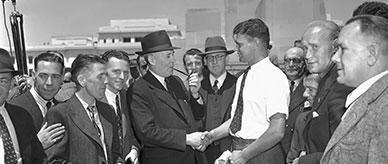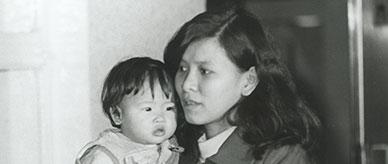


About this record
This is a black-and-white photograph of the deck of a ship carrying East Timorese refugees. The photograph is captioned on the reverse: 'The scene on deck as 272 East Timor refugees (mainly Portuguese) arrive in Darwin aboard the ship MACDILI, NT 1975'. The image shows approximately 50 East Timorese men, women and children on the decks of the freighter, along with their luggage.
Educational value
- The photograph shows East Timorese refugees with very few possessions, arriving on the small freighter the Macdili, a merchant ship that made repeated evacuations of people from East Timor to Australia. The shot is taken from a high vantage point, presumably from a Darwin wharf, and captures a historic moment in the history of Australian multiculturalism and immigration.
- Refugees are people who have been driven or have fled from their homes due to war or other disasters and are seeking refuge or shelter in another country. The East Timorese refugees shown in the photograph were of Portuguese origin. East Timor was a Portuguese colony for more than 400 years until Portugal withdrew in 1975. The country then erupted into civil war between opposing nationalist groups.
- During this upheaval, Indonesia invaded East Timor and fought against Timorese resistance until 1999. This period was marred by human rights abuses and resulted in the deaths of many East Timorese—some believe as many as 100,000. The Portuguese East Timorese feared that their lives would be in danger if they stayed in the country.
- Thousands of East Timorese people fled to Darwin, initially on the Macdili and a Norwegian freighter, the Lloyd Bakke, and later by aircraft. East Timor lies approximately 500 kilometres north of Darwin, the capital city of the Northern Territory. The arrival of East Timorese refugees in the 1970s was the first significant post-war intake of migrants from Australia's most immediate region.
- In 1977 the Minister for Immigration and Ethnic Affairs, Michael MacKellar, announced that for humanitarian reasons Australia was increasing the annual number of refugees accepted. Australia eventually accepted about 2500 East Timorese fleeing the civil war of 1975.
Acknowledgments
Learning resource text © Education Services Australia Limited and the National Archives of Australia 2010.
Related themes
Need help with your research?
Learn how to interpret primary sources, use our collection and more.


